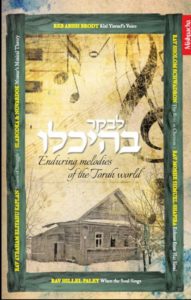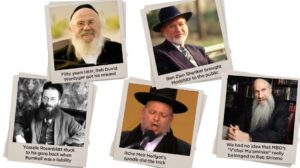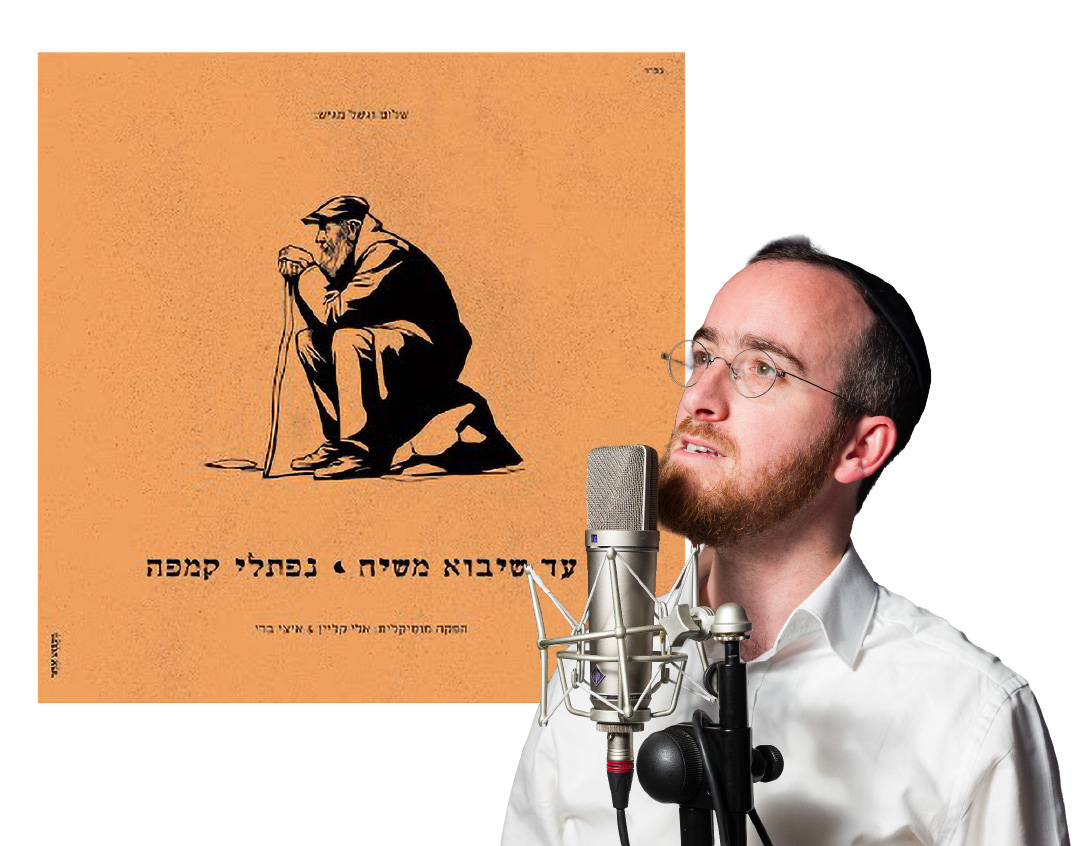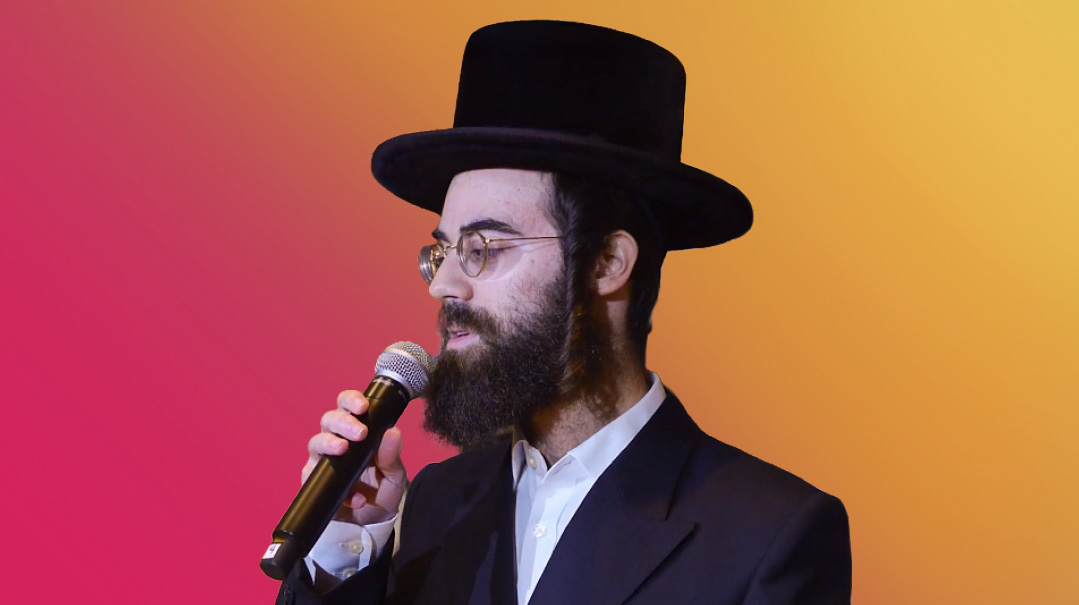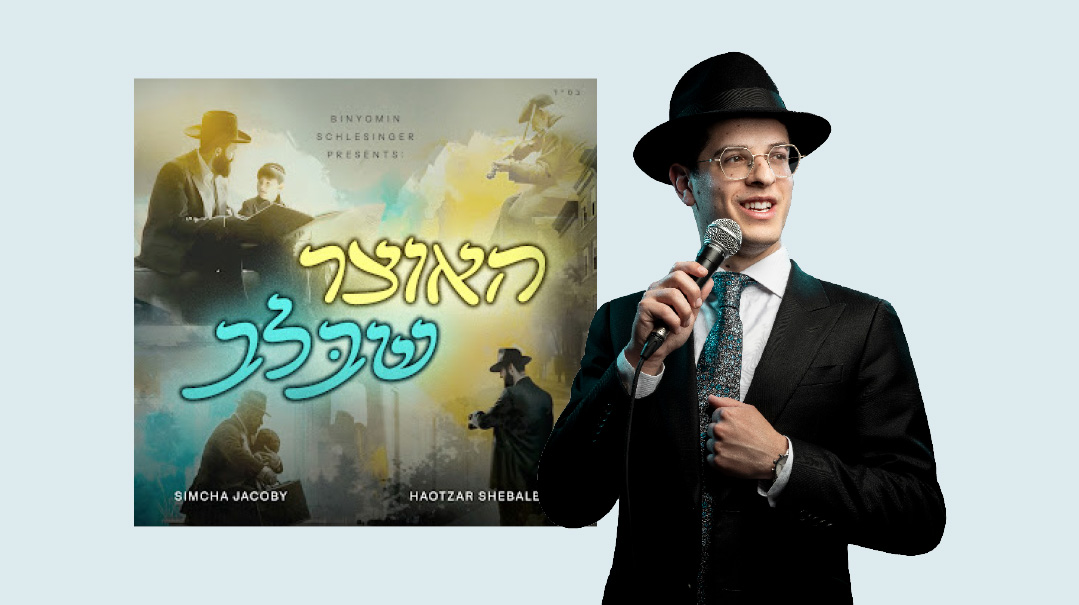The Last Dance: Reb Pinky Weber
| April 6, 2020Today the custom of mitzvah tantz is still widespread and has even reached new communities. We caught up with five top international badchanim, who share their experiences and perspectives from the very heart of the Jewish wedding
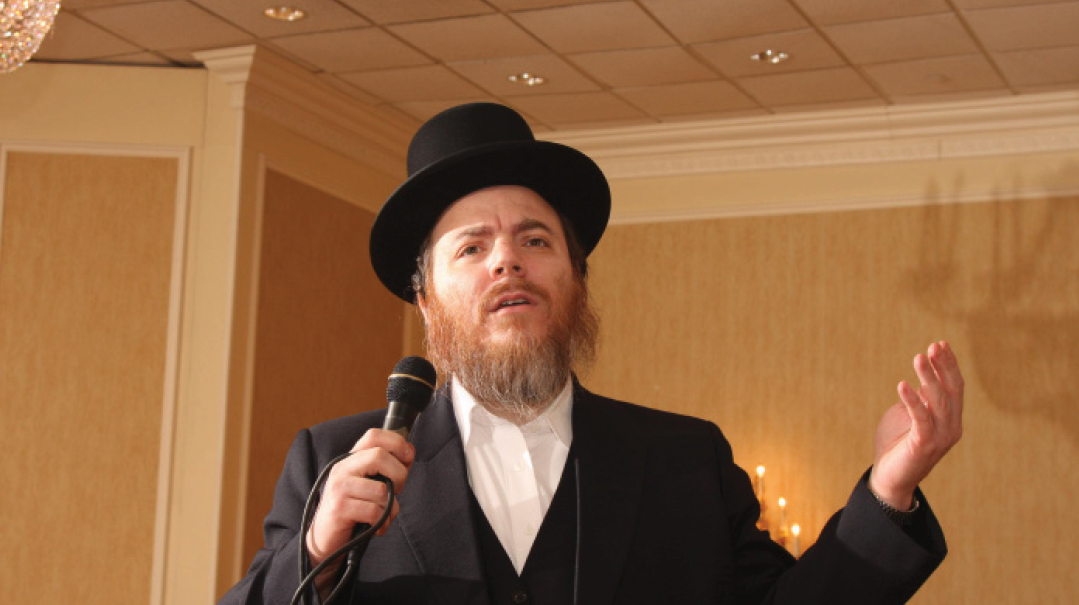
After the last dance winds down and the guests disperse, many families sit down to conclude the wedding with the tradition of mitzvah tantz. With the warmth of lyrical Yiddish blessings sung in a medley of moving tunes and the gentle twirling of a gartel, uncles, grandfathers, brothers, father and father-in-law, and finally the chassan himself dance with the kallah. The badchan sings to open hearts, and as souls of departed ancestors arrive to share the simchah and the relatives reach for Heaven through their feet, the link of the newly built home to previous generations is cemented with dance, song, prayer, and tears.
The roots of this custom are in the Gemara Kesubos which discusses “Keitzad merakdin lifnei hakallah — How to dance before a bride.” The Gemara discusses how various Amoraim used to fulfill the obligation to bring joy to a new couple by praising the bride and by dancing. There is also a custom to bring the chassan and kallah joy with words (“mesamcho b’devarim”). The custom of mitzvah tantz is discussed by the commentaries on the Shulchan Aruch (Even Ha’ezer 21).
The centuries-old chassidic tradition is to fulfill this mitzvah through a badchan, someone who can sing and speak on behalf of everyone. After he sings grammen, invoking divrei Torah, parables, the merits of past generations, and blessings for the young couple’s future, family members take their turn to dance before the kallah. This is done at the end of the wedding, when only family is still present, since it would not be modest for the women of the family, and the kallah herself, to take part while the crowd of guests is still there.
In most communities, a gartel — sometimes a special ornate one — is used for relatives to take their turn dancing before the kallah, who holds the other end while standing still. As well as the close family, rebbes who are present may be honored with a mitzvah tantz. Rebbes have various traditions regarding this — the Sanzer rebbes, for example, dance before the kallah without a gartel.
After the uncles, brothers, grandparents, and fathers, the chassan and kallah dance together, an exalted moment which is lauded as having great Kabbalistic meaning — an earthly expression of our own souls in a dance with the Shechinah. While the melodies used for the grammen and dancing vary, most groups of chassidim have their own staple mitzvah tantz niggunim, and the traditional “Eishes Chayil” (of unknown origin but assumed to have been used in prewar Europe) is universally played for this dance.
There are many famous mitzvah tantz stories in chassidic lore. Historially, the role of the badchan was not to sing participants’ praises but to awaken them by offering mussar. Many rebbes encouraged this custom — in fact the Rebbe of Ropshitz served as a badchan himself. Perhaps the most well-known mitzvah tantz occurred at the “Ostillah chasunah” in the early 19th century, when the daughter of Rav Yosef of Ostillah married the grandson of the Ohev Yisrael of Apta, and hundreds of rebbes were in attendance. On another occasion, when the Baal HaTanya’s granddaughter married Rav Meir, the grandson of Rav Levi Yitzchok of Berditchev, the badchan addressed his rebbe, the Baal HaTanya, but then refused to call the Berditchever up to dance, claiming that it was beyond his abilities to offer mussar to such a tzaddik. Rav Levi Yitzchok commanded him to speak, and eventually the badchan acquiesced and said the following: “Whatever Torah I know, the Rebbe surely knows. And the Rebbe surely knows many things that I don’t know, so we are very distant from each other. But the distance between what the Rebbe knows and what the Eibeshter knows is far greater than that…” The Berditchever was pleased with the badchanus and began to cry with emotion.
Today the custom of mitzvah tantz is still widespread and has even reached new communities. We caught up with five top international badchanim, who share their experiences and perspectives from the very heart of the Jewish wedding.
Reb Pinky Weber
Based in Williamsburg
Badchan for 30 years
MY BIGGEST CHALLENGE ON THE JOB
You have to understand what is important to the family, what they really want their eineklach to hear at this emotional time. At the same time, you have to entertain the crowd who is sitting there — they haven’t paid for tickets, but they’re the audience. Sometimes you speak to a mechutan on the phone to gather information, but when you arrive at the wedding, the crowd looks different from what you were expecting, so you have to adapt your style, your content. I always daven for siyata d’Shmaya.
One mitzvah tantz which is especially challenging is for a child of divorce. You have to be so careful in what you say, make sure nobody feels hurt. Usually, whoever pays the badchan will tell you what the situation is, but regardless of what he says, you have to be nice to everyone.
MY MOST EMOTIONAL MITZVAH TANTZ
Years ago, in Williamsburg, I did a mitzvah tantz while the mother of the chassan was critically ill in the hospital. The family didn’t want to call the hospital during the chasunah, because they had a strong feeling there would be news which they didn’t want to hear. Right before the mitzvah tantz, I went over to the chassan’s brother and asked if I should refer to “the mother who should have a refuah sheleimah,” or “the mother aleha hashalom.” He didn’t know. Another relative told me to sing about her as among the living. I did so, the wedding finished with a heartbreaking mitzvah tantz, and they heard the bad news afterward. The chassan went to the levayah the next morning.
When it’s the marriage of an only child, or a child for whose birth the parents waited, or a child who was ill, the mitzvah tantz is always more emotional. Memories of everything the family went through come to the surface at such a time.
MY ADVICE TO NEW BADCHANIM
There is great talent out there, and I believe each new badchan should tap into his own special talents and be the best he can be, not to try and imitate others.
MY ADVICE TO MECHUTANIM
The more detailed information you give the badchan, the nicer it will be.
ANOTHER BADCHAN I ENJOY LISTENING TO
I don’t listen much, maybe to my son Shloime Yaakov.
HOW I USE HUMOR
Humor was always part of badchanus. The badchanim I knew from the past used to tell jokes, and although I revamped the mitzvah tantz quite a bit — they say I’m the one who took it from “station wagon to minivan” with my innovations of new tunes and custom-made meshalim — I kept up the tradition of making jokes. Not every badchan can tell a good joke, and not everyone wants to nowadays, but I think it’s part of bringing joy to the chassan and kallah. My father, grandmother, and great-grandmother were all talented in comedy, and I was writing skits even before I began to do badchanus.
A NIGGUN I ALWAYS SING
I keep on changing, matching the songs to the crowd. I have a feel for a lot of different styles. Each person has to be able to relate to the melody he’s dancing to. The only thing that’s played at every mitzvah tantz is the traditional “Eishes Chayil” for the chassan and kallah.
Once, I called up a chassan and kallah, but I forgot which song I was going to sing. I started a tenie’le, but then the rest escaped me, and I had to go on, so I improvised, composed a tune then and there, whatever came to my mind. Afterward, the musician asked me, “What song was that?” and I said “I don’t know…” A badchan can’t lose himself. Sometimes you’re in the middle and a big rebbe comes in — you have to adapt on the spot.
A NEAR-DISASTER
I was once in the middle of a grammen when I just could not recall if the grandmother was still alive or not. I spoke about her very carefully, in a manner which could be understood both ways. Later, one person came over to me and asked if I was aware that she was still alive — but no one else noticed. If that happens, if the badchan says “the Babbe aleha hashalom” and she is really sitting there hale and hearty, that is a real disaster. Baruch Hashem, I avoided it.
HOW I BADCHENED FOR THE REBBE
I badchened for the Beirach Moshe of Satmar, and for the Rebbes of Bobov and Tosh. I remember that at one vast rebbishe chasunah, the crowd was so dense that the grammen was punctuated by cries for “Hatzolah” every few minutes. At a rebbishe wedding you have to have a lot of Gemara references, a lot of medrashim, and a lot of meaningful content — it’s not just mame lushen.
(Originally featured in Mishpacha, Issue 806)
Oops! We could not locate your form.




